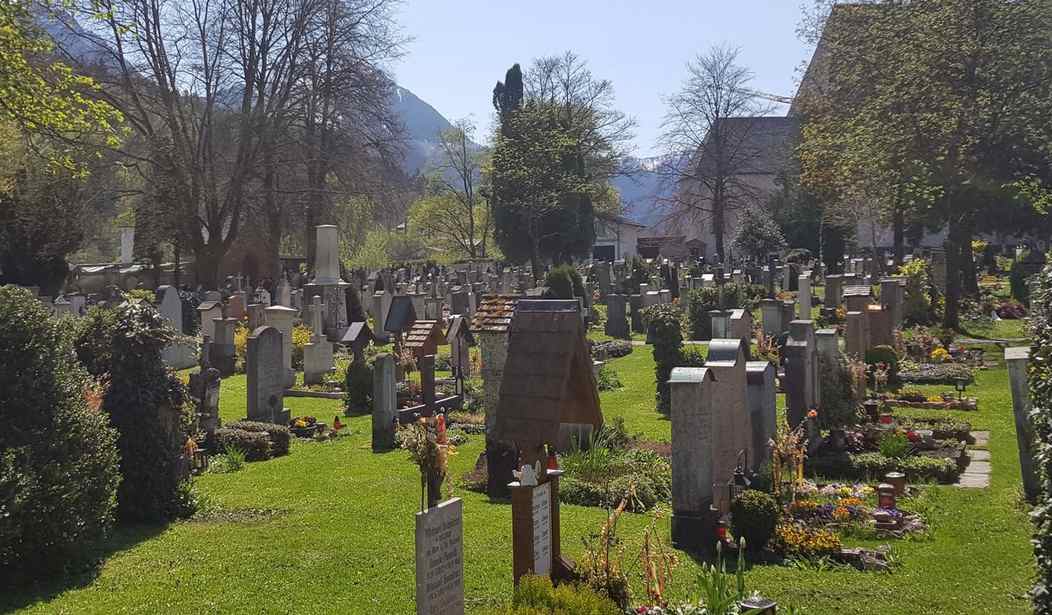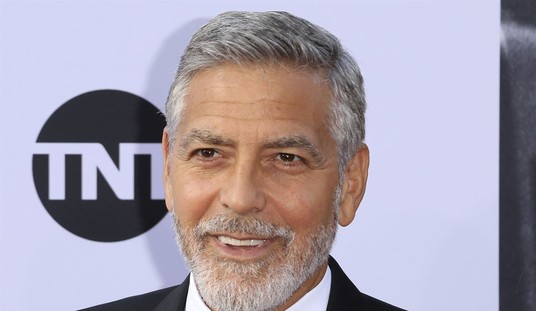Well, probably not yours specifically if you are still upright and able to read this. But overall, the life expectancy for Americans has dropped “alarmingly” according to a report this week from NBC News. It was already anticipated that the numbers would slip after more than 600,000 people succumbed to COVID, but since it was affecting the entire planet, health officials assumed that the decrease would show up across the board. But it turns out that among the more developed and economically successful nations, the United States took a larger hit than most. The reasons for this are thus far unclear and some of the explanations being offered rely largely on anecdotal evidence.
Average life expectancy in the United States plummeted in 2020, widening the life expectancy gap between the U.S. and other high-income countries. The decline was particularly sharp among Hispanic and Black Americans, a new study found.
Health experts anticipated life expectancy would drop during the pandemic, but how much it did came as a surprise.
“I naively thought the pandemic would not make a big difference in the gap because my thinking was that it’s a global pandemic, so every country is going to take a hit,” said Steven Woolf, director emeritus of the Center on Society and Health at Virginia Commonwealth University, who led the new study. “What I didn’t anticipate was how badly the U.S. would handle the pandemic.”
I’ll confess to being surprised by the magnitude of the decrease. We’re using to seeing fluctuations in the average American life expectancy of .1 or .2 years. But between 2018 and 2020, the figure dropped by 1.9 years. That’s more than eight times the average decrease among 16 other industrial nations. The news was particularly grim for minorities because there was a significant disparity along racial lines. Life expectancy for white Americans fell by 1.4 years, while the drop for Black Americans was over 3.2 years. Hispanic Americans fared the worst, with a decrease of nearly 3.9 years. Overall, this is the sharpest drop seen since World War 2.
The number of people dying of COVID was definitely a part of the decrease, but not nearly all of it. The largest number of victims were senior citizens, particularly those in nursing homes, so their deaths didn’t really push the average all that much further down. But at the same time that people were dying from the plague, suicide rates were up among all age groups, alarmingly so among teenage girls. This was a side effect of rising rates of depression among all Americans as the lockdown wore on. Fear of COVID also prompted record numbers of people to cancel or postpone visits to their doctor for screenings that led to otherwise preventable deaths in some cases.
The racial disparities seen in the figures are a bit more directly attributable to COVID. Black and Hispanic communities lost more people to the plague on a per capita basis. This was attributed in part to poorer communities having less access to high-quality healthcare and fewer people having employer-provided health insurance. On top of that, vaccine hesitancy was found to be significantly higher and vaccination rates lower in Black and Hispanic communities, further contributing to the higher death toll.
It is anticipated that American life expectancy will rebound this year with the pandemic and its associated states of emergency coming to an end. Assuming the disease doesn’t come roaring back in the fall, a larger increase is anticipated for 2022. We’d better hope so because we can only sustain so many cycles of life expectancy dropping by multiple years.








Join the conversation as a VIP Member